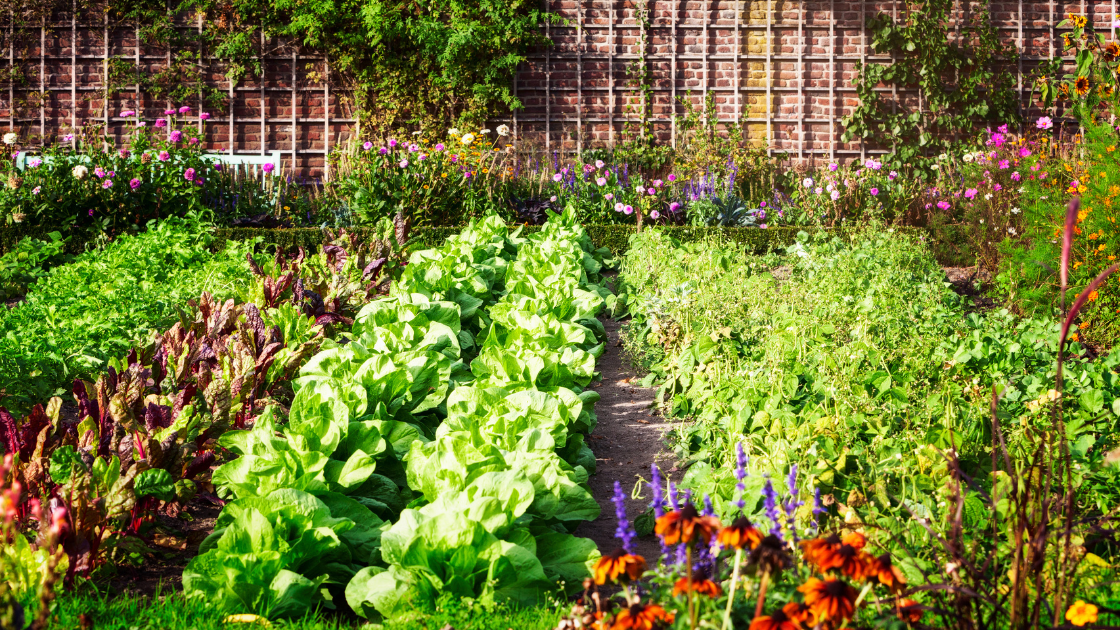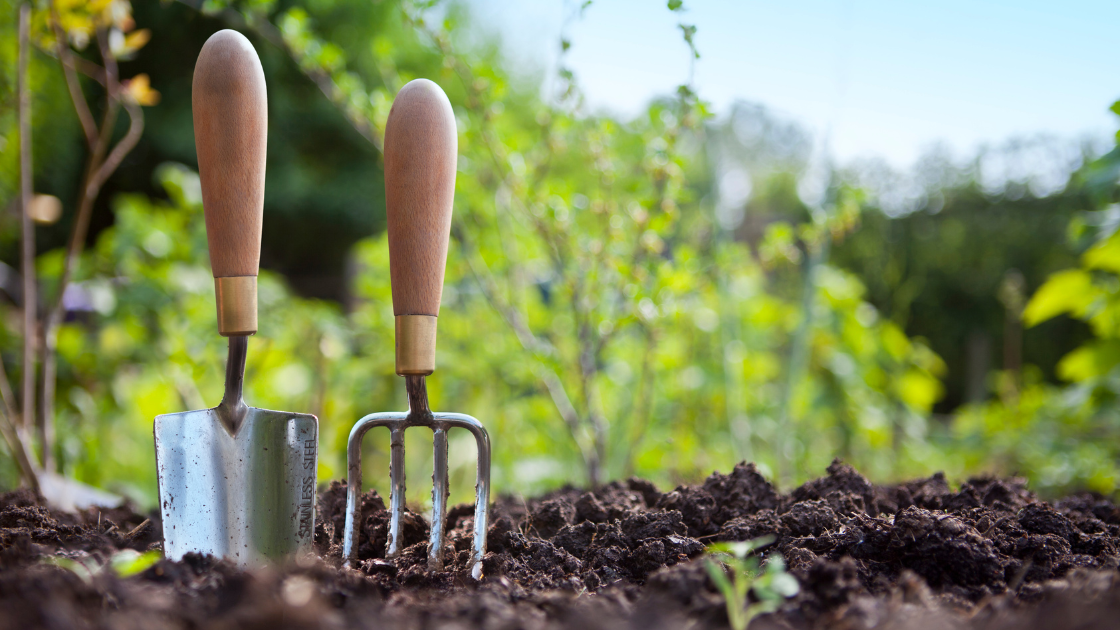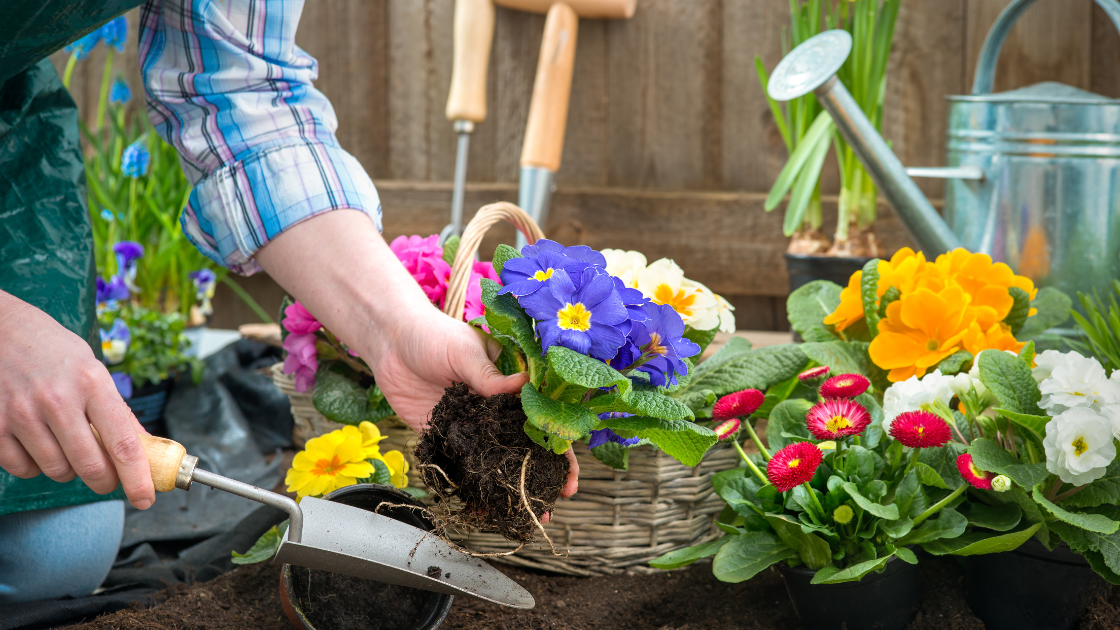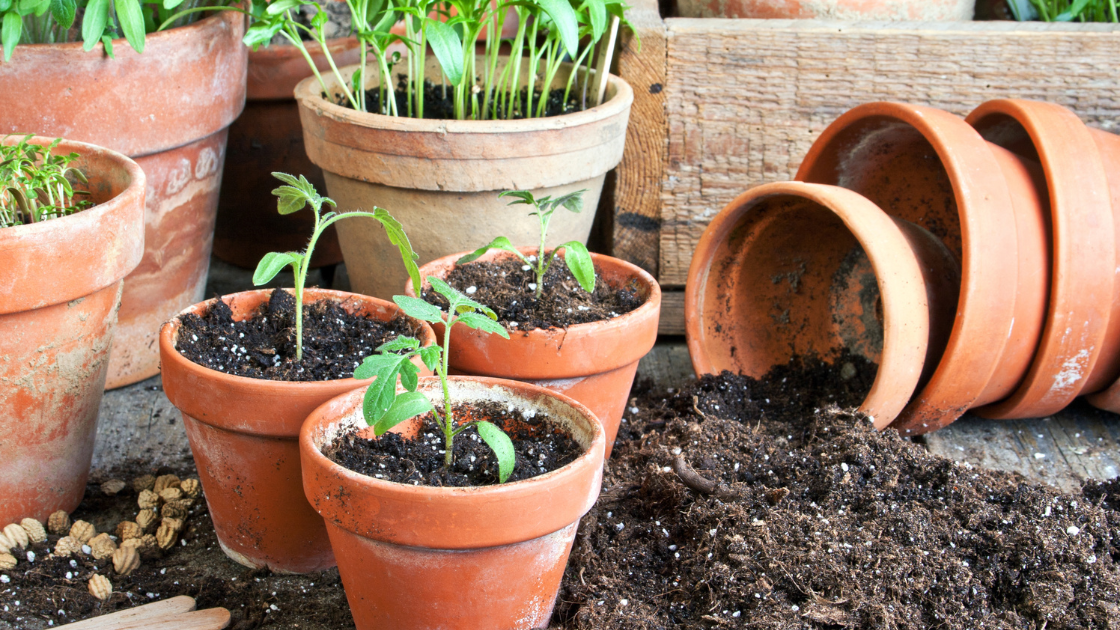Spring is the perfect time to roll up your sleeves and get your hands dirty as you venture into the world of gardening. Whether you have a small balcony, a modest backyard, or a sprawling plot of land, you can start your own spring garden with a little planning, preparation, and patience. In this blog post, we’ll cover the basics of gardening for beginners and provide you with the essential tips and tricks to help your spring garden flourish.
Choose the right location
Before you start planting, it’s essential to choose the right location for your garden. Most plants need at least 6-8 hours of direct sunlight per day to thrive. Look for a spot that has well-draining soil, and consider placing your garden near a water source for easy access when watering.
Plan your garden layout
Once you’ve picked the perfect spot, start planning your garden layout. Consider factors like plant size, growth habits, and companion planting to make the most of your available space. Sketch out your plan on paper or use a garden planning app to help you visualize your future garden.
Prepare the soil
Healthy soil is the foundation of any successful garden. Start by clearing your garden area of weeds, rocks, and debris. Then, test your soil’s pH level and nutrient content with a soil testing kit. Based on the results, amend your soil with organic matter like compost, manure, or peat moss to improve its fertility and structure.
Select the right plants
When choosing plants for your spring garden, consider your region’s climate, the amount of sunlight your garden receives, and the plants’ mature size. Opt for a mix of annuals, perennials, and edibles to create a visually appealing and functional garden. Check your local nursery or garden center for recommended varieties that grow well in your area.
Plant at the right time
Timing is crucial when planting your spring garden. Research the best time to plant your chosen varieties based on your region’s last frost date. Start seeds indoors or purchase seedlings from a local nursery to get a head start on the growing season.
Water and fertilize wisely
Proper watering and fertilization are essential for a thriving garden. Water your plants early in the morning or late in the afternoon to minimize evaporation. Be sure to water deeply and consistently, allowing the soil to dry slightly between waterings. Use a balanced, slow-release fertilizer or organic compost to provide the necessary nutrients for healthy growth.

Practice proper plant care
Regular maintenance is key to a successful spring garden. Prune and deadhead your plants to promote new growth, and keep an eye out for pests and diseases. Remove any infected or infested plants promptly to prevent the spread of issues throughout your garden.
Enjoy the fruits of your labor
As your garden grows, take time to appreciate and enjoy your efforts. Harvest your edible plants when they’re ripe, and use them in fresh, homemade recipes. Don’t forget to stop and smell the flowers along the way – gardening is a labor of love, and you deserve to relish in its rewards.
Starting a spring garden can be an incredibly rewarding experience for beginners and experienced gardeners alike. With these tips and a little dedication, you’ll be well on your way to creating a beautiful, bountiful garden that will bring joy and sustenance throughout the season. Happy gardening!



